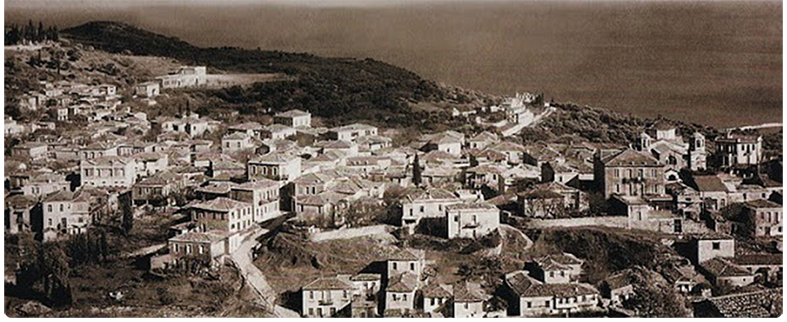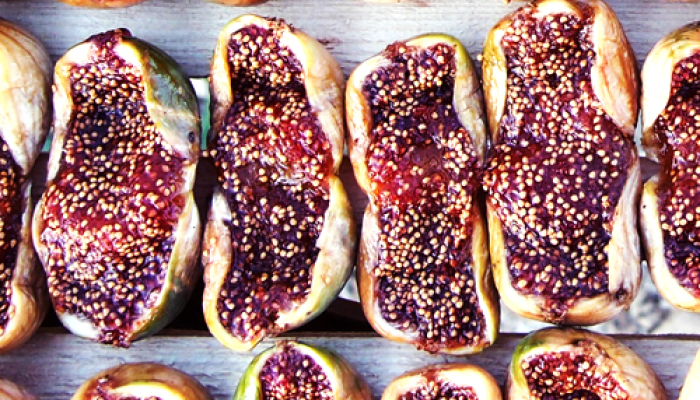For us ” askada ” is much more than two figs together. It represents our childhood memories and our effort to create the same “askades” as “Grandma Sofia” and “Aunt Katina”. And we think, now that we are grown up, the “well done” that we heard was the reward for the remembrance and the taste. Why ” askada ” for us means a hug and a match… Askada: from the ancient name for figs, ‘ischada’.The process of collecting, processing, drying in the sun, ” thermization”, drying again, and standardization of figs, is done entirely by hand. The excellent final product is the result of a multi-stage process, time-consuming and laborious. The result, however, and the distinct flavor that leaves us the askada fig, is hiding inside… a myth!

THE PLACE – Kimi
Formerly called Kumiko, Kimi held considerable strength in the ancient times and created colonies in the West, including the famous Kimi Campania in Italy. Euboeans reached Campania in 750 BC bringing with them their Evian alphabet which locals used, unchanged, to create the subsequent Latin alphabet.During the 19th and 20th century, Kimi had significant production and presence abroad in agricultural products such as wine, oil, and silk etc. The Kimi fig is a unique product recognized by the European Union as a product with Protected Designation of Origin. It is produced exclusively in Kimi’s Prefecture of Evia, which has over 25,000 fig trees of the local variety. The characteristics of the fruit are obtained via a production involving a traditional and unique way of drying, not found anywhere else in the world. Totally organic and natural, the production process starts in the first ten days of August and ends around mid- September. The fruits are collected in an ultra – mature state by hand, carefully opened and placed in wooden crates and then, after they have been dried naturally in the sun, are placed together, “hugging”, creating what locals call “askada”. This results in a distinct flavour,hiding the myth inside.






